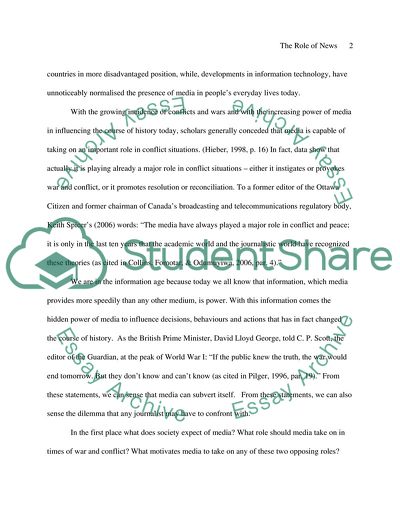Cite this document
(The Presence of Media in Peoples Everyday Lives Today Essay, n.d.)
The Presence of Media in Peoples Everyday Lives Today Essay. Retrieved from https://studentshare.org/media/1719645-what-is-the-role-of-the-news-media-in-war-and-conflict
The Presence of Media in Peoples Everyday Lives Today Essay. Retrieved from https://studentshare.org/media/1719645-what-is-the-role-of-the-news-media-in-war-and-conflict
(The Presence of Media in Peoples Everyday Lives Today Essay)
The Presence of Media in Peoples Everyday Lives Today Essay. https://studentshare.org/media/1719645-what-is-the-role-of-the-news-media-in-war-and-conflict.
The Presence of Media in Peoples Everyday Lives Today Essay. https://studentshare.org/media/1719645-what-is-the-role-of-the-news-media-in-war-and-conflict.
“The Presence of Media in Peoples Everyday Lives Today Essay”, n.d. https://studentshare.org/media/1719645-what-is-the-role-of-the-news-media-in-war-and-conflict.


